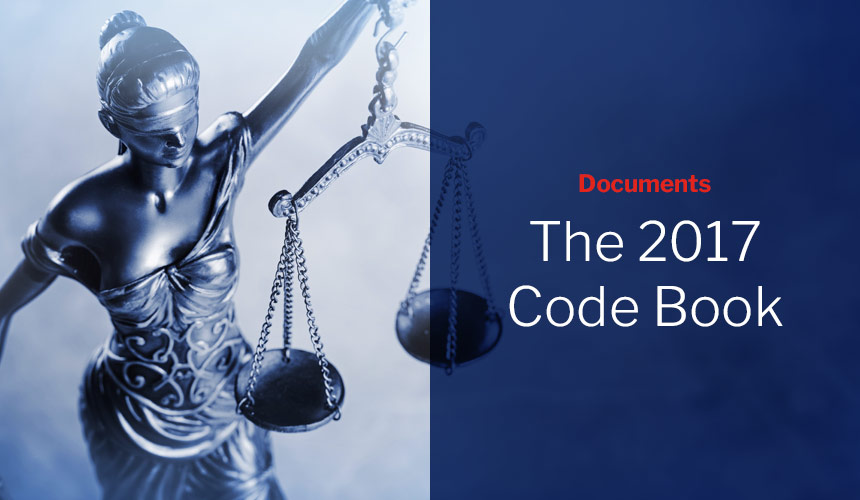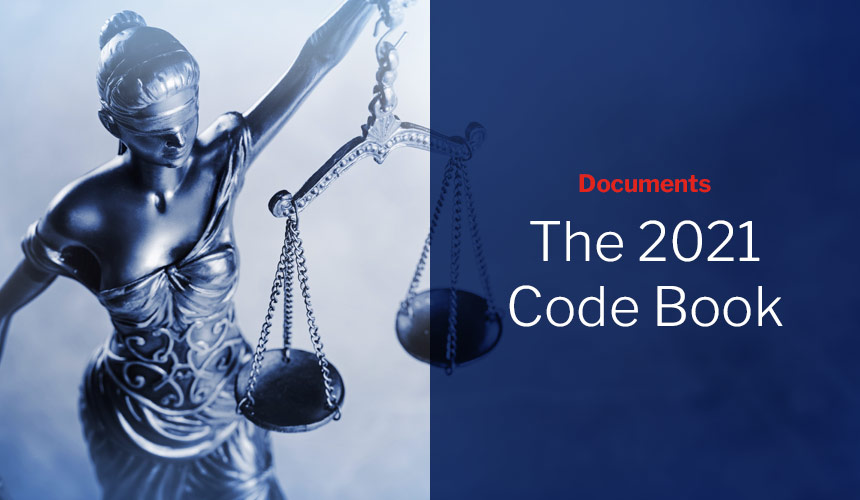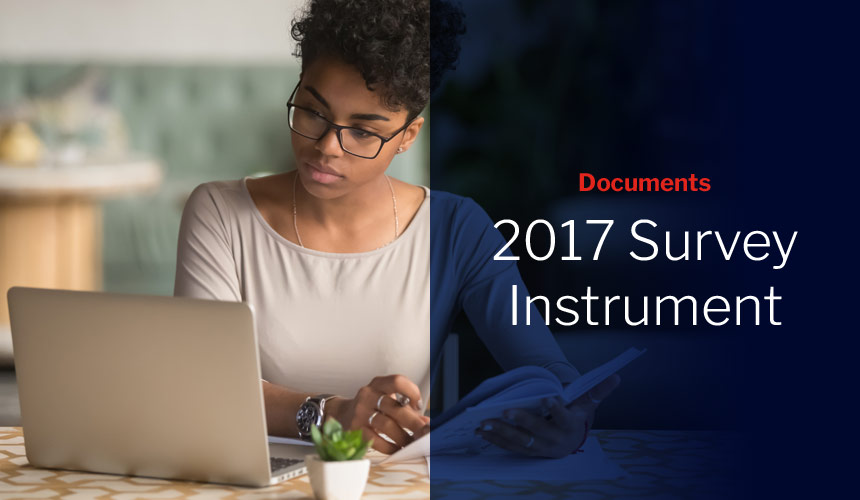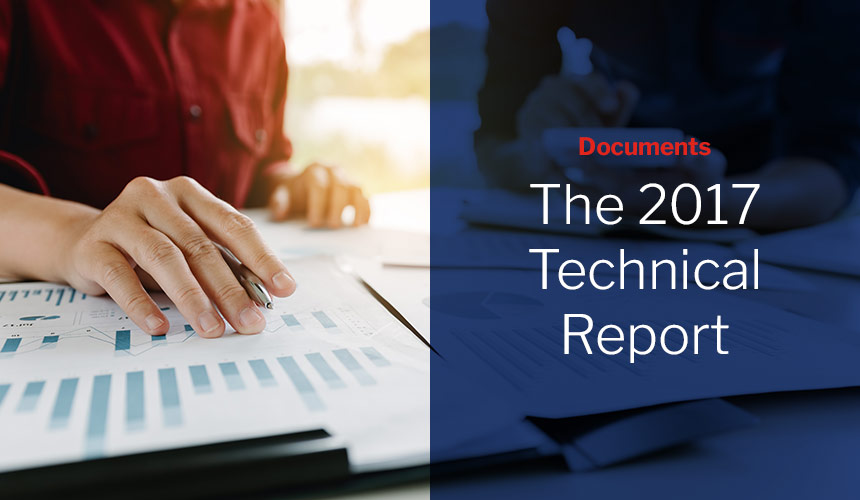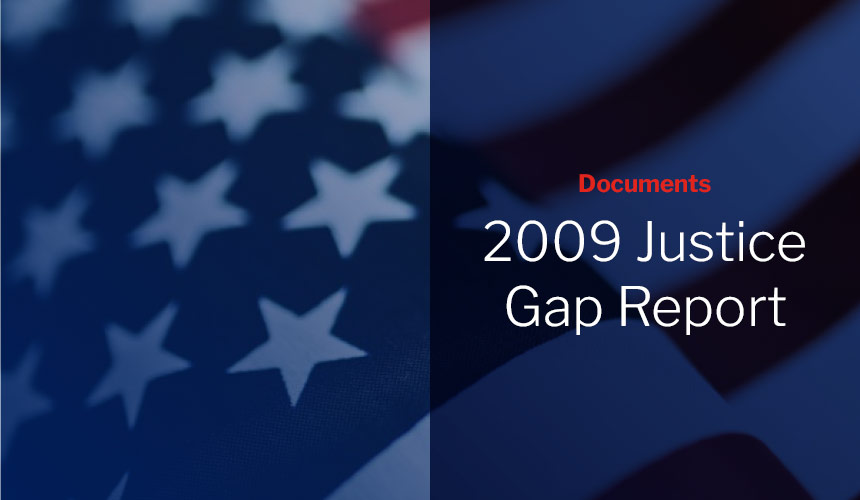
The 2022 Justice Gap Study is a major research initiative of the Legal Services Corporation (LSC).
The Justice Gap Study provides high-quality data about the gap between the need for civil legal assistance among low-income Americans and the resources available to meet that need, which is used to advance LSC’s advocacy efforts.
LSC’s Justice Gap Research
The 2022 Justice Gap study is the fourth justice gap study LSC has undertaken. The first study, published in 2005, tracked the number of low-income Americans coming to LSC-funded legal aid organizations and the help they received. It showed that for every person helped by LSC-funded organizations, another was turned away because organizations did not have sufficient resources to help. The second Justice Gap study, published in 2009, used the same methodology as the 2005 study. It revealed that the justice gap among low-income Americans remained as large as it had been in 2005.
In 2017, LSC released a third, comprehensive Justice Gap report titled: “The Justice Gap: Measuring the Unmet Civil Legal Needs of Low-income Americans.” For the 2017 report, LSC developed a more expansive methodology and contracted with NORC at the University of Chicago to administer the Justice Gap Measurement Survey, a national survey of 2,000 low-income households. The survey revealed a larger justice gap than previous studies: in the prior year, 86% of the civil legal problems reported by low-income Americans had received inadequate or no legal help at all.
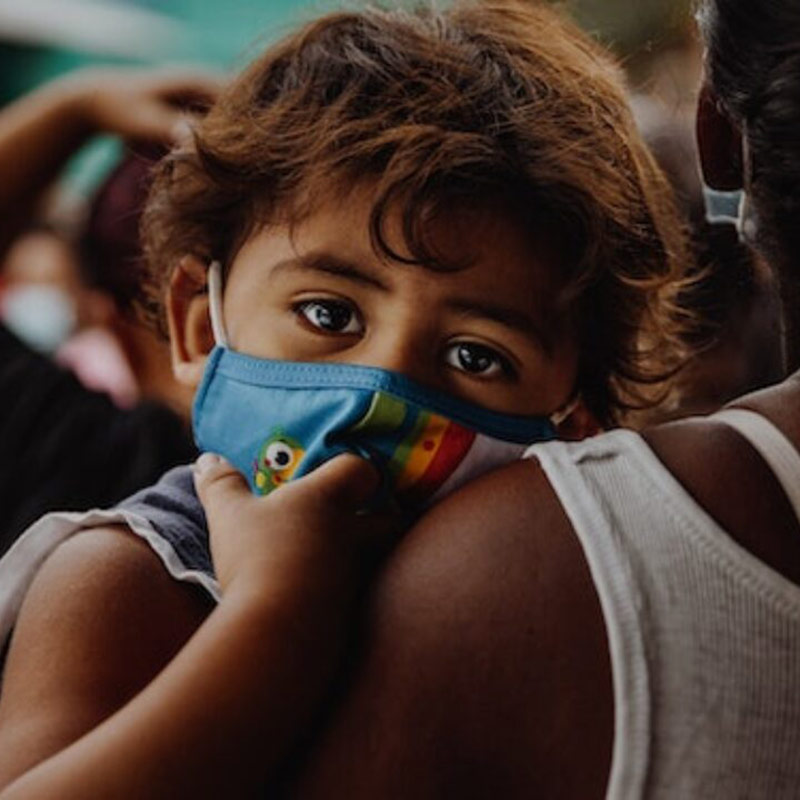

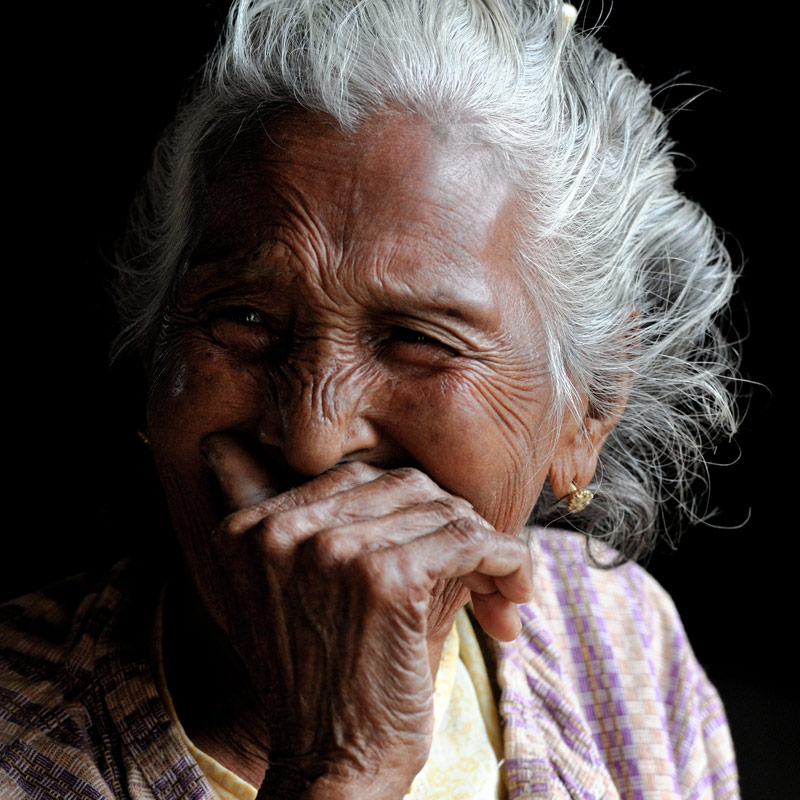
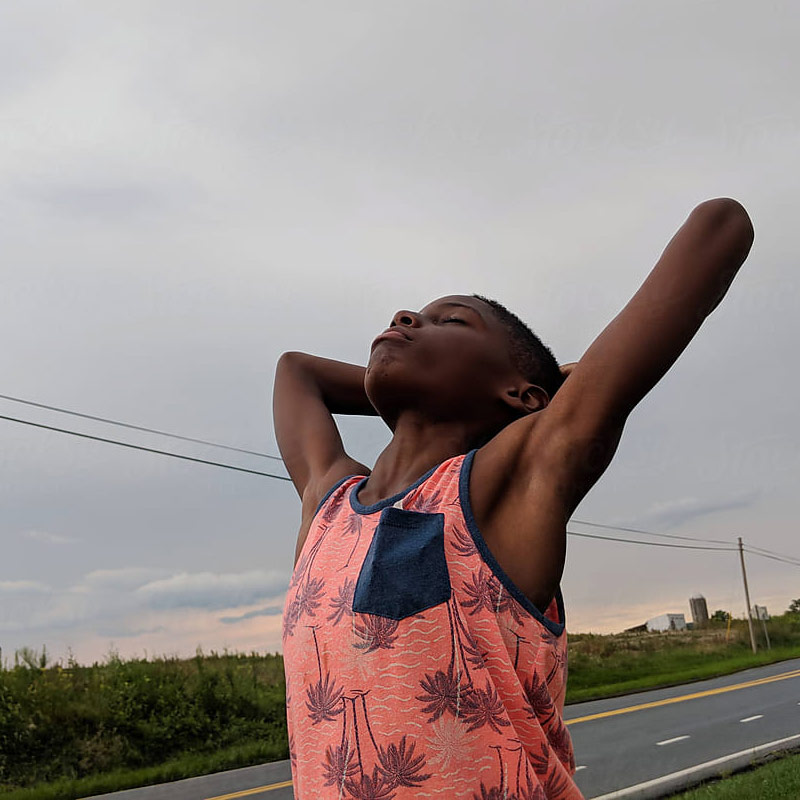
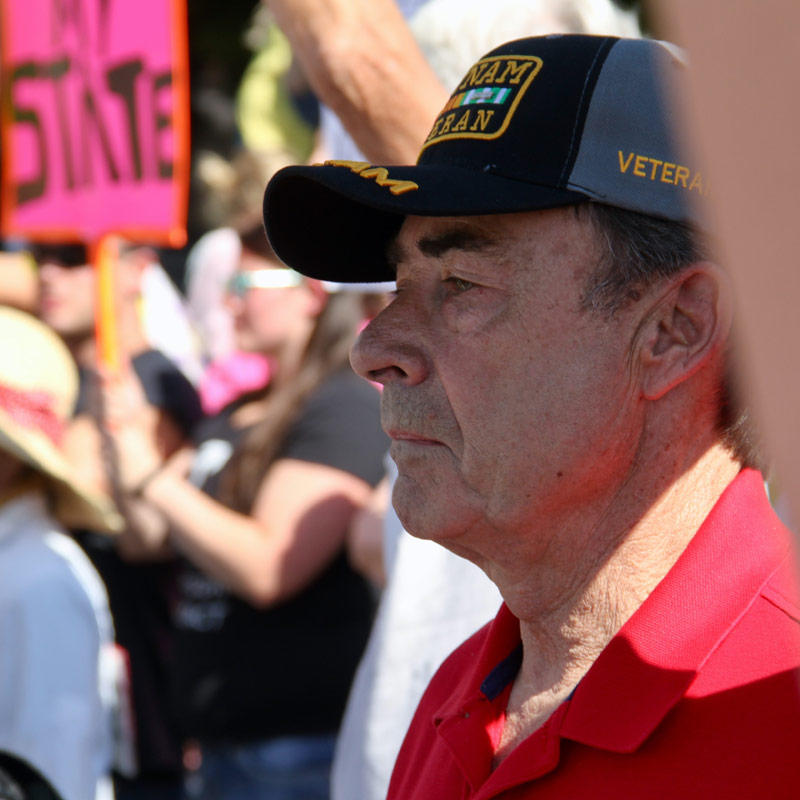
The 2022 Justice Gap Study
The 2022 study provides a fresh examination of low-income Americans’ civil legal needs and the extent to which their legal needs are met. The timing of this study is particularly important because it allows a considered examination of low-income Americans’ experience with civil legal problems in the context of the COVID-19 pandemic, which has had disproportionate effects on this population.
The 2022 study built on the data collection strategy used in the 2017 study. LSC once again contracted with NORC at the University of Chicago to administer the Justice Gap Measurement Survey. In addition to sampling more than 2,000 low-income American households, this survey included a sample of households at higher-income levels in order to explore how experiences getting legal help differ by income.
LSC also conducted another Intake Census, for which grantees tracked how often they were able to serve the civil legal needs of low-income Americans who approach them with the limited resources at their disposal. These data form the basis of LSC’s latest justice gap report, “The Justice Gap: The Unmet Civil Legal Needs of Low-income Americans,” which is the focus of this website.
LSC acknowledges the generous support of the William and Flora Hewlett Foundation, the John D. and Catherine T. MacArthur Foundation, the Andrew W. Mellon Foundation, and the Reynolds Family Foundation for funding for this study. Funders do not determine the research findings of LSC research projects.
Overview of Study Methodology
The 2022 study leverages two sources of data: the 2021 Justice Gap Measurement Survey and the 2021 Intake Census of LSC grantees.
2021 Justice Gap Measurement Survey
NORC at the University of Chicago administered the 2021 Justice Gap Measurement Survey to more than 5,000 adults using its nationally representative, probability-based AmeriSpeak® Panel. NORC conducted the survey using telephone and web interview modes, which allowed a flexible survey logic to gather detailed information about Americans’ civil legal needs at the individual level, household level, and level of specific civil legal problems. The survey included a sample of n=2,003 people with incomes at or below 125% of the federal poverty level (FPL) and a sample of n=3,305 addition to a robust sample of people with incomes above 125% of FPL. All respondents were U.S. residents aged 16 years or older.
LSC and NORC developed the survey instrument to accomplish the following goals:
- Measure the prevalence of civil legal problems and identify help-seeking behaviors among low-income Americans and others in the past 12 months.
- Explore the impact of the COVID-19 pandemic on the number and type of civil legal problems experienced.
- Evaluate the extent to which people view their civil legal problems as “legal” in nature and explore their attitudes about the civil legal system.
- Explore people’s experiences seeking legal help and assessing the extent to which their legal needs are met.
- Identify differences in experiences with civil legal problems across income groups.
The survey instrument was largely based on the 2017 Justice Gap Measurement Survey instrument, which leveraged best practices for legal needs surveys. LSC and NORC updated the instrument to improve measurement on some items and to reflect insights from cognitive testing conducted by NORC. The bulk of the survey instrument focused on respondents’ experiences with specific civil legal problems. The survey asked respondents whether they or anyone in their household had experienced 81 distinct civil legal problems in the past year and asked follow-up questions about help-seeking for up to 10 problems they reported personally experiencing.
NORC fielded the survey from October 18 to December 4, 2022. The data used in all analysis and reporting reflect data that are weighted to population controls based on the 2021 Annual Social and Economic Supplements (ASEC) of the Current Population Survey. The resulting data permit estimates that are representative at the household, person, and problem levels. The final codebook and data files are available in our resource archive.
Additional information about the survey methodology is available in NORC’s technical survey report.
For inquiries about the Justice Gap Measurement Survey, please contact Holly Stevens, LSC Chief Data Officer, at stevensh@lsc.gov.
2021 Intake Census of LSC Grantees
As it has done for its previous three studies on the justice gap, LSC conducted an intake census among all LSC-funded legal aid organizations as part of this study.
For the 2021 Intake Census, each organization tracked the requests for assistance it received over a four-week period starting October 4, 2021.* For each request meeting LSC eligibility requirements, organizations documented whether they were able to provide any legal help and, if so, whether it would be enough to resolve the problem. If they were unable to provide any legal help, they documented the reason why.
These data allow us to estimate the total number of eligible civil legal problems low-income Americans bring to LSC-funded organizations over the course of a year. They also allow us to estimate the proportion of these problems that organizations are unable to serve fully or at all due to limited resources.
* LSC grantees could choose between two reporting periods: October 4 – 29, 2021 and October 11 – November 5, 2021.
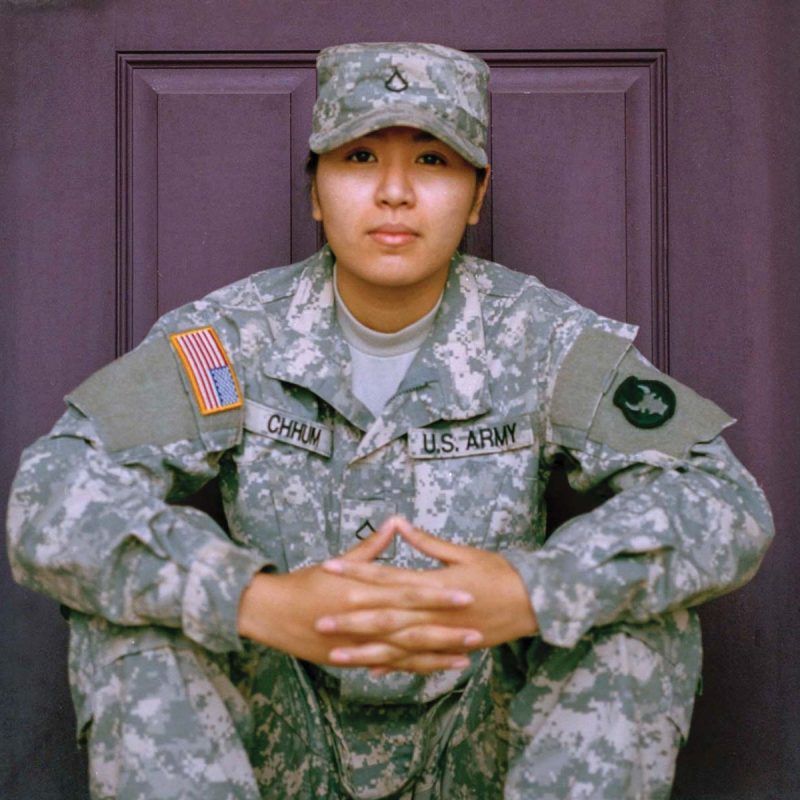
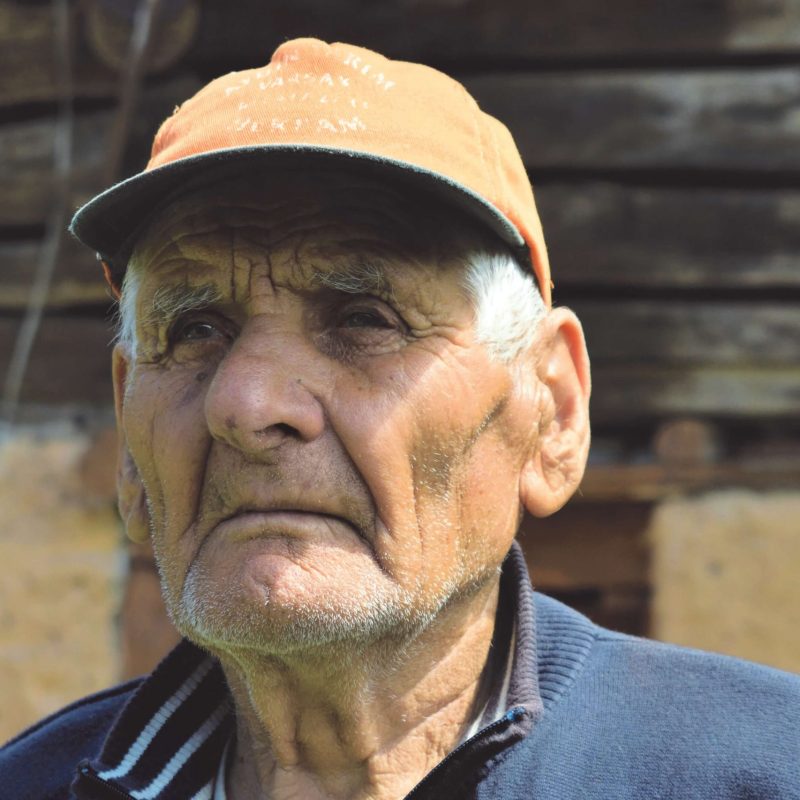


Note on Comparing 2017 and 2022 Estimates
LSC commissioned a similar survey to inform its 2017 Justice Gap Report. The 2021 and the 2017 Justice Gap Measurement Surveys are different in several key ways, including the following:
- Several survey items were revised to improve measurement and to address problems identified through cognitive testing of the instrument.
- In 2021, the survey asked about 81 civil legal problems in total, whereas we asked about 88 problems in 2017.
- The 2021 survey asked three follow-up questions (whether or not the respondent thought it was a legal problem, any impact of COVID-19 pandemic on the problem, and negative impact of the problem) for all personally reported problems, and then additional follow-up questions for up to 10 problems, with priority given to problems in the veterans, disability, housing, or family areas. The 2017 survey, however, asked about severity/effect/impact for all personally reported problems and then chose a random sample of four for follow-up questions.
- The 2021 survey included a sample of Americans with incomes above 125% of the federal poverty level (FPL) in addition to a robust sample of Americans with incomes at or below 125% of FPL.
- The 2021 survey asked about the impact of the COVID-19 pandemic on civil legal problems.
Given differences in the design of the two studies, we caution against direct comparisons of precise estimates. Comparisons of general magnitude are fine. Additionally, it is important to note that much of the analysis in the 2022 report focuses on the subset of civil legal problems that impacted people’s lives substantially whereas the 2017 report focused on problems that had any degree of impact.
Study Resources
Documenting the Justice Gap in America (2005)
In its first ever justice gap report, Documenting the Justice Gap in America: The Current Unmet Civil Legal Needs of…
Documenting the Justice Gap in America (2009)
In its second justice gap report, Documenting the Justice Gap in America: The Current Unmet Civil Legal Needs of Low-Income…
The 2017 Survey Instrument
The 2017 Justice Gap Measurement Survey Instrument, prepared by NORC, contains the text and organization of the questions as asked…

